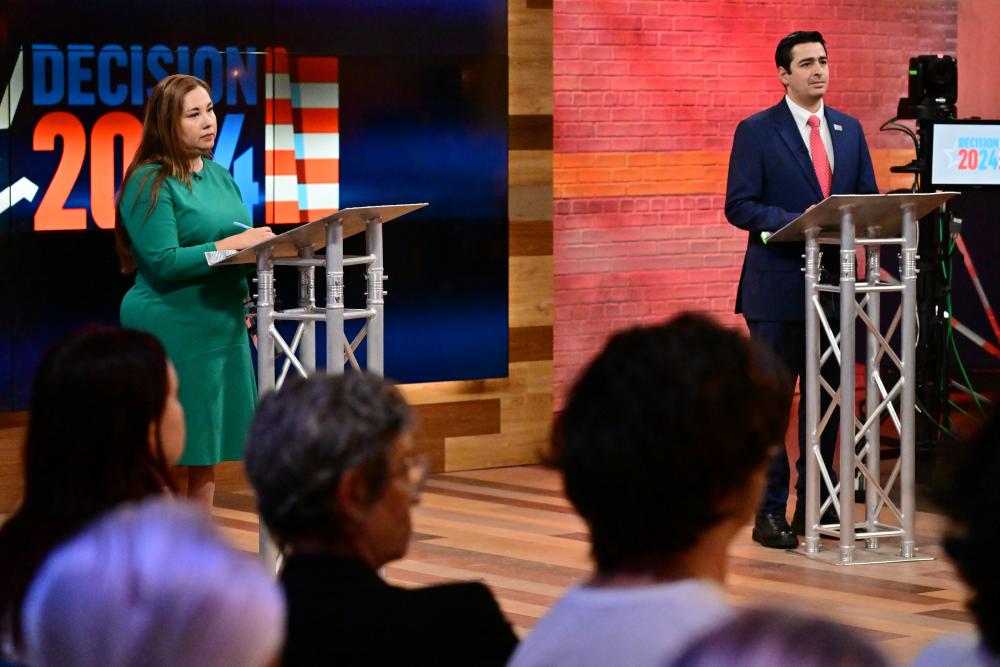In 2022, Yadira Caraveo, a Democrat, narrowly won Colorado’s eighth congressional district, marking the closest victory of any Democrat nationwide. As the 2024 elections loom, Caraveo finds herself amidst another tight race that could significantly affect Congressional balance. Located in an area where nearly 40% of residents identify as Latino or Hispanic, the Hispanic community’s voting decisions are crucial. Unlike traditional campaign platforms, the dynamics of this electoral battle are heavily influenced by social media and local radio stations, where a significant portion of Hispanic voters seek their information.
Caraveo, a pediatrician with Mexican heritage, emphasizes her background and commitment to healthcare affordability while promoting her collaborative approach to address the district’s diverse needs that range from the Democratic-leaning suburbs of Denver to the Republican strongholds near Greeley. Her opponent, Gabe Evans, who also shares Latino roots, leverages his experience in agriculture, law enforcement, and military service to appeal to voters. The competitive nature of the district means that both candidates must navigate a complex voting landscape where constituents may not easily align with a single political perspective.
Voting rights organizations have raised alarms regarding the influx of misinformation targeting Latino voters, particularly on social media and Spanish-language radio platforms. A Justice Department intervention indicated that Russian state media attempted to spread disinformation that could affect opinions within the Latino community. As a significant number of Latino voters rely on social media and radio for news, there is heightened concern that misinformation could sway public perception and impact voter turnout.
Recent studies suggest that while Latino voters are not inherently more susceptible to misinformation than other demographics, the need for culturally relevant information remains paramount. For instance, investigations into local Spanish-language radio reveal certain inaccuracies that misrepresent polling data and exaggerate community concerns. Misinformation often exploits existing tensions and grievances, indicating that effective disinformation has elements of truth twisted or exaggerated to create division and mistrust among voters.
In the culturally dynamic CD-8 district, conversations reflect the complex feelings surrounding immigration and changing demographics. Some Latino voters have expressed frustrations over perceived preferential treatment given to Venezuelan immigrants, leading to inter-community tensions. This discourse can be manipulated by disinformation campaigns that aim to capitalize on these divisions, portraying differing groups within the Latino community in opposition to each other. The dialogues showcased on local radio underscore the potential for misunderstandings and their ramifications in shaping political allegiances.
Discussing these nuanced issues is vital, especially considering the role that local media and radio hosts play in shaping public discourse. Effective communication can help clarify misconceptions and fight misinformation, as seen in instances where radio hosts correct misconceptions while calling for unity among Latino voters. However, there remains a concerning undercurrent of narrative-driven disinformation, such as the claims that an “open border” is designed to manipulate voter turnout. This evolving landscape of misinformation highlights the challenges both for voters and candidates as they navigate an increasingly complex electoral environment leading into 2024.

